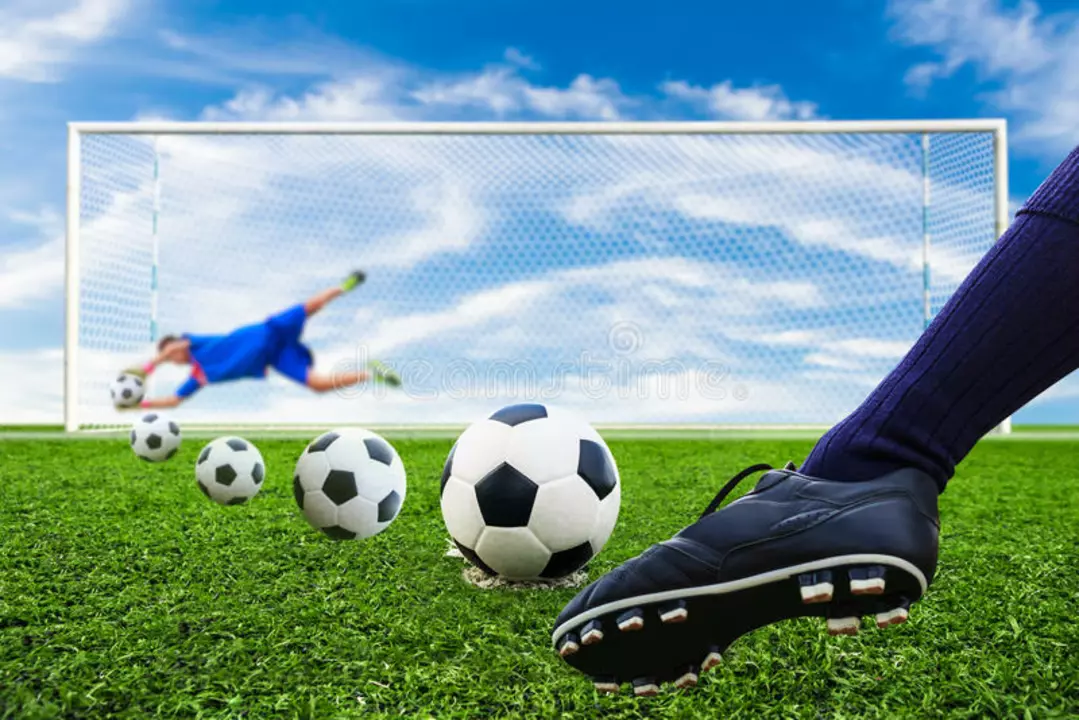Foot Health for Athletes: Boost Performance and Avoid Injuries
When talking about foot health, the condition and function of the foot as it supports movement, absorbs impact and transmits force during sport. Also known as foot wellbeing, it plays a crucial role whether you are sprinting, kicking a soccer ball or cutting through water. Below we’ll break down the main pieces that shape a healthy foot and show how they connect to the articles in this collection.
One core piece is foot biomechanics, the way bones, joints and muscles work together during each step or stroke. Good biomechanics reduces stress on ligaments, helps you run faster and makes your soccer footwork sharper. Another vital element is sports footwear, the shoes or cleats designed to match the demands of a specific sport. The right shoe amplifies proper foot strike, cushions impact on concrete and supports the arch, which in turn lowers the risk of overuse injuries.
Key Areas to Focus On
First, injury prevention hinges on understanding common foot issues like plantar fasciitis, ankle sprains and metatarsal stress fractures. Most of the posts in this tag talk about practical ways to sidestep these problems—whether you’re a runner checking your calorie burn, a soccer fan learning why teams might settle for a draw, or a swimmer polishing freestyle technique. The semantic triple here is: Foot health encompasses injury prevention. By keeping the foot flexible, strengthening the intrinsic muscles, and choosing footwear with adequate arch support, you lay a solid foundation for any activity.
Second, the running technique you adopt directly influences foot strike. Mid‑foot or fore‑foot landings tend to spread forces more evenly across the foot, while heavy heel strikes can jam the heel bone against hard surfaces like concrete. This ties into another triple: Running performance requires proper foot strike. Articles such as “Are there any shoes which end the risk of running on concrete?” dive into the shoe features—cushioning, stability plates, and wide toe boxes—that help you land softer and stay injury‑free.
Third, soccer footwork isn’t just about kicking power; it’s also about balance, agility, and quick direction changes. The post “Why aren't soccer teams mixed with both genders?” touches on the physical differences that affect foot dynamics, while “Have soccer teams ever agreed to play for a draw?” hints at strategic play where foot positioning can decide outcomes. The related triple: Sports footwear influences foot biomechanics. Cleats with appropriate stud patterns give better grip, letting you pivot without overstressing the foot.
Beyond the field, swimmers rely on strong feet for effective kicks. The piece “How do I improve my freestyle swimming?” mentions ankle flexibility and toe positioning as key to generating propulsion. Strong foot muscles make the flutter kick more powerful, showing again how foot health crosses sport boundaries.
Finally, timing matters. Whether you jog in the morning or evening, the foot’s load‑bearing capacity changes with fatigue levels and body temperature. The article “Is it more useful to run during the morning or evening?” points out that cooler muscles may need a longer warm‑up to protect the foot joints.
All these threads—biomechanics, footwear, injury prevention, technique, and timing—interlock to create a complete picture of foot health for athletes. Below you’ll find a curated mix of posts that explore each angle, from concrete‑running shoes to soccer strategy, from high‑blood‑pressure jogging tips to swimming drills. Dive in and pick up the practical advice that matches your sport and your foot’s needs.
